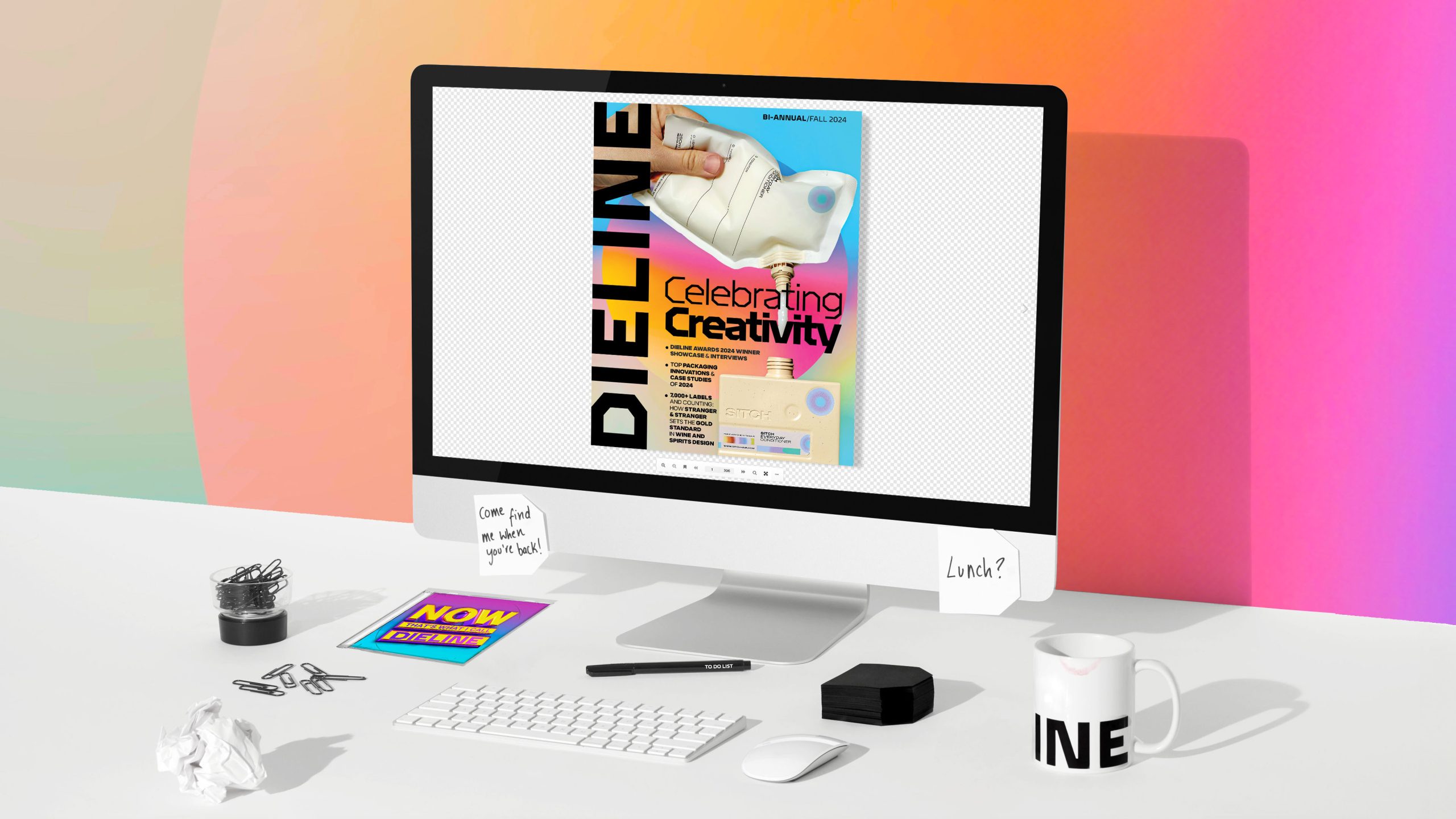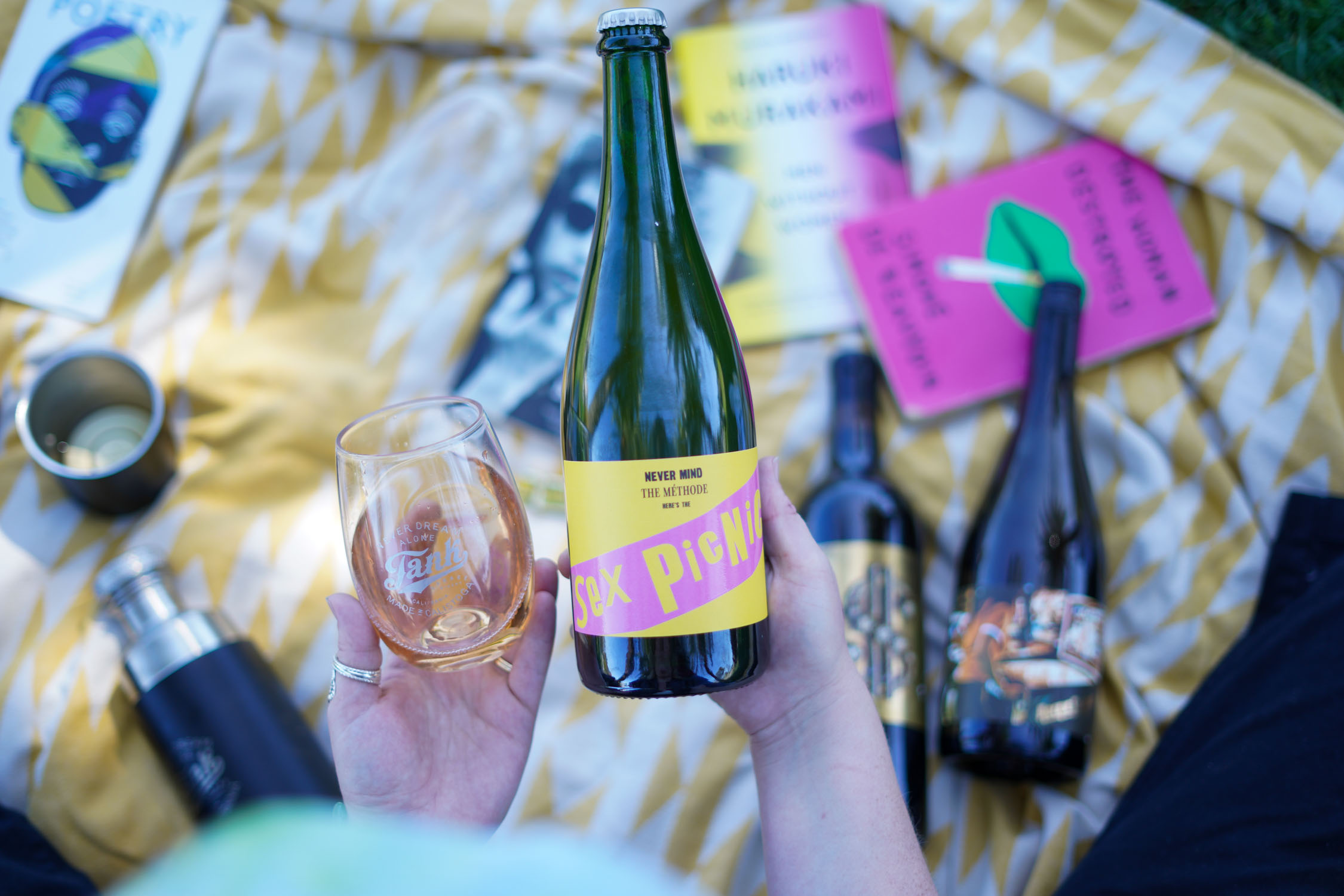The consumer electronics industry is competitive, and most companies see single-digit margins. As such, making a premium packaging experience is not a priority for many products.
Consumer electronics brands with more upscale appeal, most notably Apple, devote significant effort to making just as innovative and attractive packaging as the products they contain. Others like Samsung, Google, Microsoft, and Sonos have followed suit.
Instead of flimsy cardboard boxes with minimal product information printed, these products come in sturdy cardstock that opens elegantly, usually featuring the product in a molded tray with accessories and peripherals neatly packed in separate trays or boxes. The premium presentation creates a satisfying product experience before the device is even powered up.
Additionally, as consumer and regulatory pressure to make more sustainable products grows, these upmarket consumer electronics firms have innovated in making their boxes more environmentally friendly by using more recyclable materials and less plastic.
This year’s Dieline Awards’ 2023 Best in Show winner elegantly combines a beautiful presentation, a delightful unboxing experience, and sustainability in one box. Sonos’ packaging for the Ray soundbar and Sub Mini extensively uses paper pulp, minimizing the need for plastic materials. Sonos’ design teams also reduced the overall use of all materials in Ray’s and Sub Mini’s boxes.
“The product briefs for both projects are driven a lot by what we’re trying to do, solving problems for our customers,” said Michelle Enright, director of packaging experience and visual design at Sonos.
“From a product perspective, we are tracking closely with the industrial designers and the rest of their product teams to understand what our brief needs to look like. So, generally speaking, we’re looking for a premium experience because that’s what our brand stands for, but also sustainable opportunities to either progress our sustainability goals or change materials when we think when can do better for our customers. Understanding what our customers are asking from us is a big question for us in trying to solve the problems of the project brief.
Sonos’ extensive use of fiber-based materials for Ray’s and Sub Mini’s packaging is part of the brand’s goal of using 100% FSC-certified, post-consumer, and recycled plant-based fiber paper in all its packaging by 2025. What’s more, they’ve drastically removed plastic from the Sonos equation—the total amount of plastic in the Ray packaging is approximately 0.03% by mass and 0.007% for the Sub Mini.
The minimally colored boxes feature a visual design inspired by listening. Graphics like concentric circles call sound waves to mind. Product illustrations set against two-tone backdrops dominate one of the box’s panels. Meanwhile, the Sonos logo comes elegantly embossed on the box.
“We work closely with our industrial design team in developing our main product illustration on all of our packages, which is sort of a uniquely Sonos approach to how we present our products,” said Emily Ghizzoni, visual designer, packaging experience at Sonos. “We use a simple, flatline illustration style that highlights the product geometry and celebrates the product’s design and those smaller nuances. So we go through many variations internally, just figuring out the right angles and perspectives on how we display each product. And one thing that’s really fun is creating press sheets.”
“We use press sheets to play around with different angles,” Emily adds. “We also try to involve our industrial design teams in that process. It’s a highly collaborative process; it requires multiple iterations. We fine-tune the smaller details, like our custom grille patterns or specific UI treatments on the product. It has its own challenges but also its own rewards. And it’s something that we really value in each package that we create.”
Inside, the speakers are protected using strong molded fiber, eliminating the need for plastic pieces made out of materials such as expanded polypropylene (EPP). The Ray and Sub Mini packaging was designed to minimize waste. As a result, the boxes are also smaller, which means more units fit on a pallet, reducing shipping-related greenhouse gas (GHG) emissions.
The Ray boxes get held together using interlocking and friction-fit mechanisms, eliminating the need for conventional glues and adhesives. Since the Ray soundbar is lighter, the pulp-molded insert is mostly for aesthetics, with most of the protection provided by corrugated support pieces.
Mini Subs, on the other hand, are heavier than the Ray soundbar, and to make sure the pulp-based inserts performed as well as EPP, the Sonos teams started parallel development using both substrates and testing each.
The visual and industrial teams worked together to refine the Ray and Sub Mini unboxing experience down to some of the finer details. “Sub Mini’s product bag journey, from start to finish, is one of the project’s highlights. It’s some of our strengths in terms of teamwork,” said Khondker Hossain, industrial designer for Sonos.
The Sub Mini originally used a simple bag to cover the speaker inside the box. While functional in protecting the product, the Sonos team didn’t like how it looked once it was over the subwoofer and placed inside the box. Eventually, they designed a new pattern that better fits the Sub Mini. The more tailor-fitted bag looks better and allows the customer to grip the subwoofer by the hollow middle, making it easier to remove from the box.
“When we ask for help, our teammates like to jump on board and assist,” Hossain added. “And the product back for Sub Mini is tailored to fit that form factor as it is with our other product bags. With Mini Sub’s product bag, we initially started with a design using two triangular-like pizza slices on top. Once we put the cushion and other pieces on top, it wasn’t premium in terms of aesthetics—it looked like dog ears and some other loose material lying around. But once we had time to dial it in and iterate on the design, we got the product back in line with our portfolio, where the geometry and stitching allowed it to come over the top with a glueless sticker that holds it all together with a very simple touch.”
That attention to the smallest of details enhances the unboxing experience. The top of the box slides out for the Ray, revealing the soundbar sheathed in a dapper black bag nestled in a pulp-molded tray. Underneath, protective structures made out of corrugated cardboard provide additional strength to the box. A small box containing cables sits at the end of the package. When taken apart, it becomes evident how truly efficient the Sonos team made the box, as there is little empty space inside.
Similarly, the unpacking for the Sub Mini offers a pleasing experience. The top of the box comes unsealed with a pull tab—no knife or key required—and the top fiber insert contains a box with the power cable and quick start guide. The speaker top features a sticker with the Sonos logo that holds the bag shut—removing the sticker allows the bag to get pulled down off the Sub Mini.
Sonos’ Ray and Sub Mini boxes were designed with a clear mission to provide a premium packaging experience commensurate with the brand while minimizing the use of plastic. That led the Sonos design teams to collaborate closely—from developing and testing pulp-molded inserts to designing a clean visual language. Sustainable touches aside, when you actually get your hands on the packaging, consumers get one of the best unboxing experiences in electronics and tech. Throughout the product reveal, you can’t help but feel wowed by the tactile touches, minimal illustrations, and brand debossing.
But best of all, the packaging celebrates the product within, and its utility and characteristics shine on the outer packaging.














